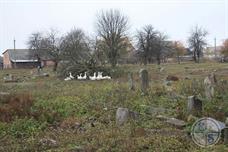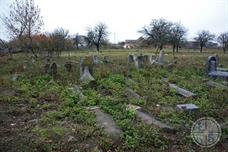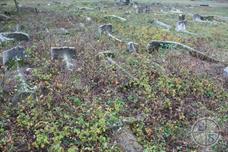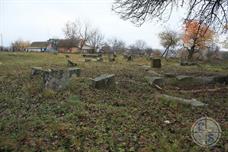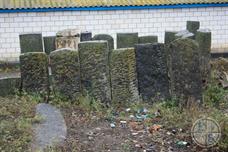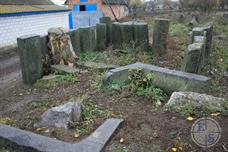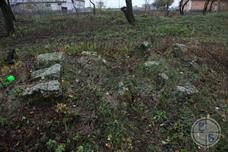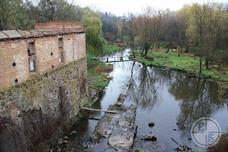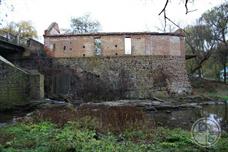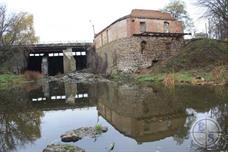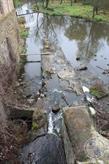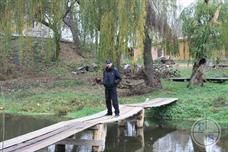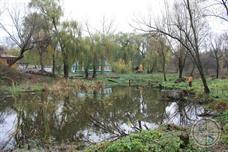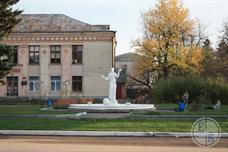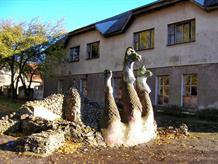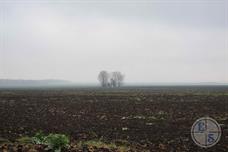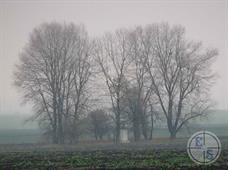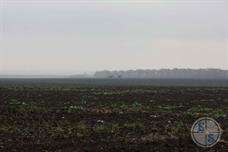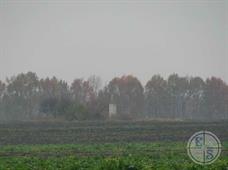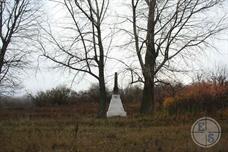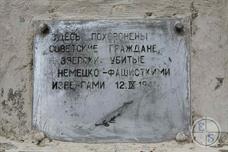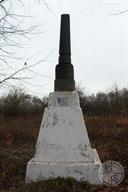Lipovets
Lipovets, 2012
The first written reference dates back to 1545 year.
In the XVI century Aisin top (as it was then called the settlement) becomes the property magnate Janusz Ostrog. Since 1602 the name appears Lipovets, and it became a city. In 1628, there were 1,100 houses here - one and a half times more than in Vinnitsa.
After the second partition of Poland in 1793 Lipovets went to Russia, became the chief town of the province of Kiev and his high imperial decree the coat of arms was granted in the form of a silver bull on a red background.
The 192Z was Lipovets became a district center of Berdichev district, and since 1925 - a small town of Vinnitsa region. Currently, it is again the city and even the district center again.
In the XVI century Aisin top (as it was then called the settlement) becomes the property magnate Janusz Ostrog. Since 1602 the name appears Lipovets, and it became a city. In 1628, there were 1,100 houses here - one and a half times more than in Vinnitsa.
After the second partition of Poland in 1793 Lipovets went to Russia, became the chief town of the province of Kiev and his high imperial decree the coat of arms was granted in the form of a silver bull on a red background.
The 192Z was Lipovets became a district center of Berdichev district, and since 1925 - a small town of Vinnitsa region. Currently, it is again the city and even the district center again.
Lipowiec - district town of Kiev province. In 1801, it was recorded in LA and its county: merchants - 3 KHrist .; burghers - 5 Christ, 1082 Heb.. The 1847 census in the county there were 14 "Jewish communities" within the 11761 souls.
According to the 1897 census, more than 211 thousand, of which more than 31 thousand Jews in the county residents.; including Lipovce 8658 residents, 4135 of them Jews.
In 1910 in Lipovce - two private Jewish schools, one of which is free. The boxed collection reached in 1906 in the amount of 4250 p.
Brockhaus & Efron
According to the 1897 census, more than 211 thousand, of which more than 31 thousand Jews in the county residents.; including Lipovce 8658 residents, 4135 of them Jews.
In 1910 in Lipovce - two private Jewish schools, one of which is free. The boxed collection reached in 1906 in the amount of 4250 p.
Brockhaus & Efron
The Jewish presence in Lipovets first mentioned from the middle of the 18th century. The Jewish population suffered greatly from Haidamaks attacks at the end of the 1760s, and many Jews left the town during this period.
In 1897, 4135 Jews lived in Lipovets, representing 47.8 percent of the total population. Most of the Jews were in the craftsmen or traders.
During the Civil War some 40 Jews were killed Lipovtsev after several pogroms.
In 1897, 4135 Jews lived in Lipovets, representing 47.8 percent of the total population. Most of the Jews were in the craftsmen or traders.
During the Civil War some 40 Jews were killed Lipovtsev after several pogroms.
During the Soviet period the Jewish agricultural commune "bread and work" near Lipovtsev was created in 1924; at the end of the 1920s it became the collective farm. At the end of 1920-1930, or it was created by two Jewish collective farm.
In the mid-1920s, the national village council and the Jewish trade union branch was established. In Lipovce were several schools in Yiddish, one of which bore the name of Sholem Aleichem.
In the 1920s and 1930s, many young Jews left Lipovets and moved to the big cities in search of new professional opportunities.
In 1939, 1353 Jews Lipovtsev sostovlyaet 52.6% of the total population of the city. After Germany invaded Poland on September 1, 1939, the city came to a number of Jewish refugees from Poland.
In the mid-1920s, the national village council and the Jewish trade union branch was established. In Lipovce were several schools in Yiddish, one of which bore the name of Sholem Aleichem.
In the 1920s and 1930s, many young Jews left Lipovets and moved to the big cities in search of new professional opportunities.
In 1939, 1353 Jews Lipovtsev sostovlyaet 52.6% of the total population of the city. After Germany invaded Poland on September 1, 1939, the city came to a number of Jewish refugees from Poland.
Lipovec was occupied by German troops July 23, 1941. Shortly after the beginning of the occupation, German authorities have imposed various restrictions on the Jewish population: it was forbidden to leave the house at certain hours, required to wear white armbands with blue Stars of David.
Already in September 1941, he was shot about 200 men and boys. Most Lipovets Jews, about 1,000, were killed during 1942.
Today, Jews do not live in Lipovets.
Already in September 1941, he was shot about 200 men and boys. Most Lipovets Jews, about 1,000, were killed during 1942.
Today, Jews do not live in Lipovets.
Two mass graves of victims of the Nazis are in the field, the road to it is not. Trying to reach on foot, ended in failure in November - were able to move about 100 meters and is literally stuck in a swamp.
Vinnitsa Region

My shtetl
My shtetl
Jewish towns of Ukraine
Jewish towns of Ukraine
